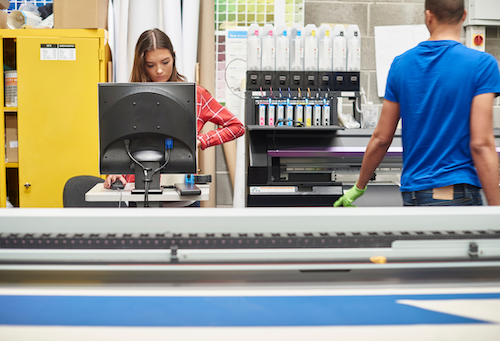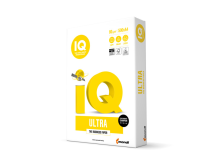According to Focus Label Machinery, for print businesses, staying ahead of trends is crucial to maintain their competitiveness and meet customer demand. As the printing industry evolves, digital inkjet label printing continues to lead the way with innovative advances that promise improved speed, accuracy and cost-efficiency.
Here are five innovations in digital inkjet label printing for 2024 that every print business should know about.
High-Resolution Printing Technologies
2024 brings significant improvements in print resolution, allowing for sharper and more detailed labels than before. Advanced printheads now offer resolutions that exceed 1200dpi, enabling print businesses to produce high-definition labels with intricate details and vibrant colours. This development is particularly beneficial for industries such as cosmetics and pharmaceuticals in which detailed imagery and small text are essential for product integrity and to effectively convey important consumer information.
Enhanced Ink Formulations
The development of new ink formulations is transforming digital inkjet printing. Environmentally friendly water-based inks which offer improved adhesion and durability are becoming the norm, with no loss of quality or impact. These inks are designed to adhere to a wider range of substrates, including difficult-to-print materials such as films and foils. Additionally, enhanced UV-curable inks provide superior resistance to fading and scratching, ensuring that labels remain vibrant and intact throughout their lifespan.
Variable Data Print (VDP) Capabilities
The ability to customise each label within a print run is becoming more sophisticated with advanced variable data printing (VDP) capabilities, an innovation that allows for the inclusion of unique barcodes, QR codes, serial numbers and personalised information on each label. Print businesses can cater to the growing demand for personalised packaging and targeted marketing campaigns, providing clients with labels that enhance customer engagement and product traceability.
Hybrid Printing Systems
Hybrid printing systems combine the benefits of digital and conventional printing technologies, allowing print businesses to seamlessly switch between digital and flexographic printing within a single production line. The flexibility of hybrid systems offers enhanced efficiency and cost-effectiveness, particularly for short-run label printing which, using traditional methods, would be expensive and likely to produce large volumes of waste. Hybrid printing enables businesses to deliver a more varied range of projects for customers without compromising the quality of output.
Smart Labels
Finally, smart labels are becoming increasingly common, incorporating Near Field Communication (NFC) or Radio Frequency Identification (RFID) technology to deliver improvements in efficiency, data insights, and customer experiences. For example, RFID-enabled smart labels can be attached to products to enable them to be traced throughout the supply chain, while NFC-enabled labels allow customers to tap their smartphones to access product information, obtain promotional offers, and even make quick and simple purchases. Smart labels allow for a more intuitive and immersive experience for businesses and customers alike.
FOCUS LABEL MACHINERY
jamesb@focuslabel.com
https://www.focuslabel.com





















